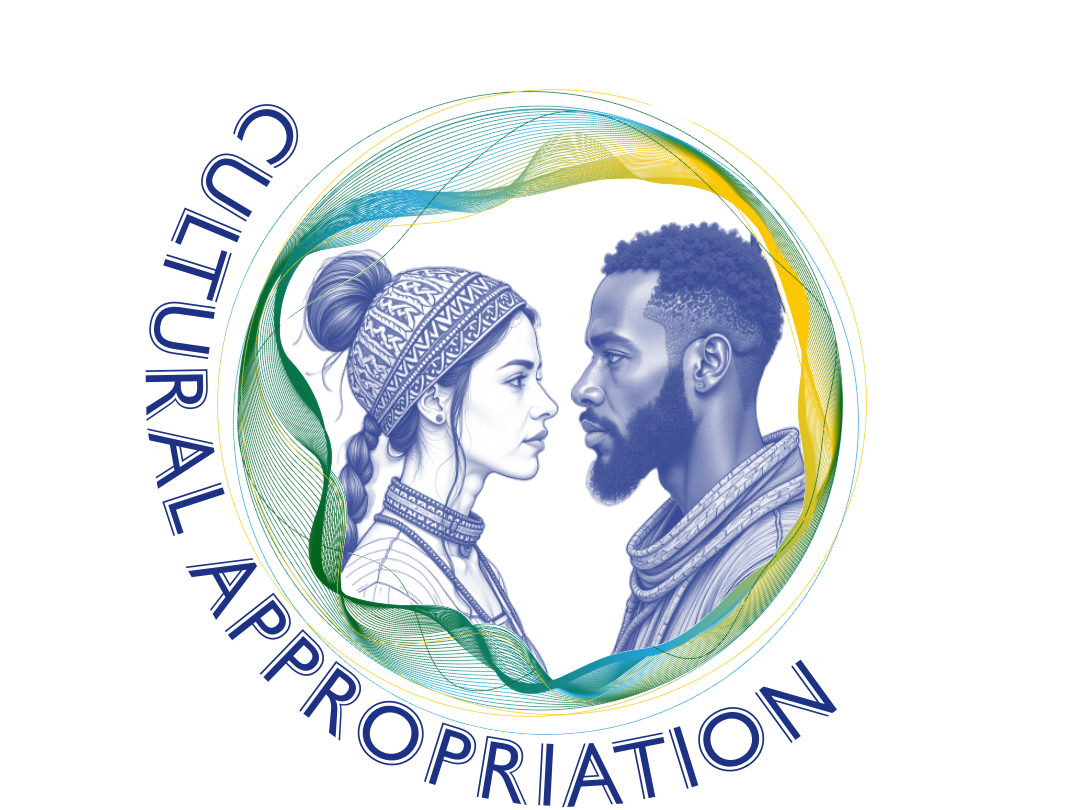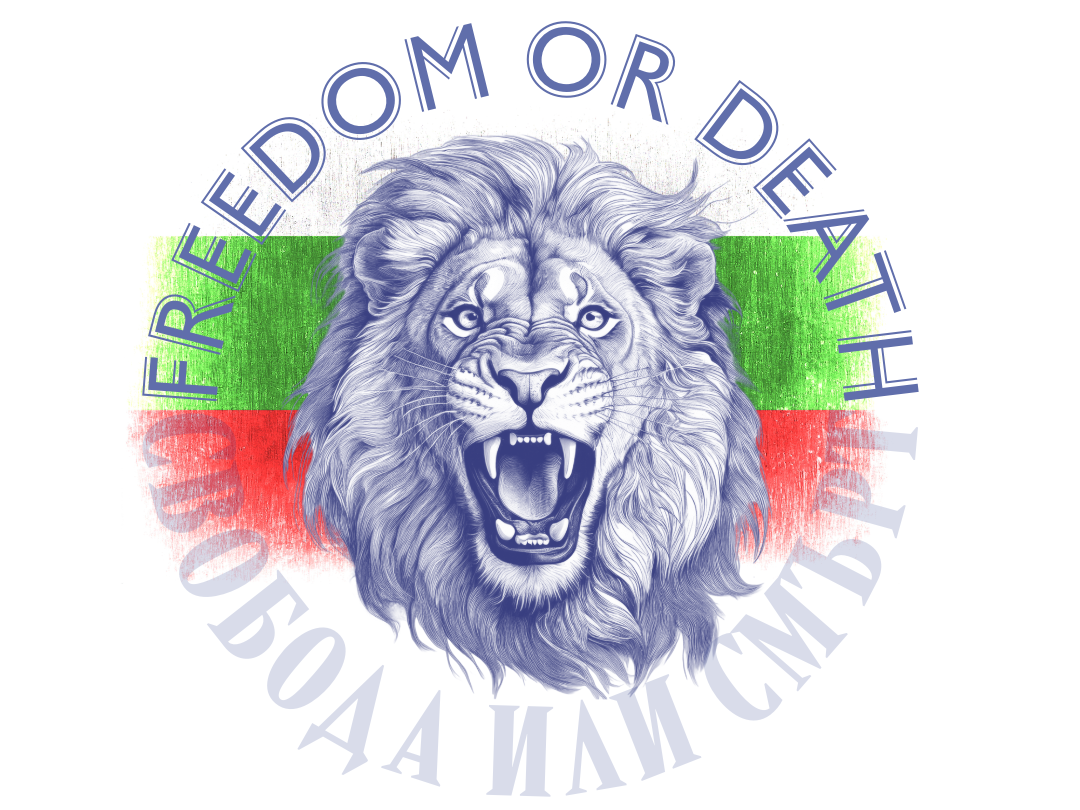Exploring the Genetic, Historical, and Sociological Factors
Shaping National Identity:
The Cases of Italy and Bulgaria
March 17, 2025
In the realm of national identity, few topics are as captivating as the intricate interplay between genetic heritage, historical experiences, and sociological dynamics. While many nations in Europe boast rich and complex histories, two countries stand out for their distinct paths in cultural evolution: Italy and Bulgaria. The genetic landscapes of these two nations, shaped by centuries of historical influence, offer fascinating insights into the psychological identity and cultural behaviors of their people.
Thanks to massive genomic research projects carried out in recent years, we have gained an unprecedented understanding of the genetic makeup of populations like Italy and Bulgaria. In fact, only a handful of nations across Europe have undertaken such detailed genetic studies, making these findings even more valuable for understanding assimilation and identity preservation. By examining the genetic patterns, we can link historical events to psychosocial dynamics—particularly how they have shaped national identities over time.
The Italian Case: Fragmentation and Cultural Fusion
Italy’s rich history has been shaped by a multitude of influences, creating a diverse genetic and cultural landscape. From the Roman Empire to the Greek colonization, from Arab domination to the more recent migrations between the North and South of Italy, the country’s history is one of constant cultural assimilation and fusion. The genetic diversity of Italians is a direct result of this constant influx of foreign influence over the centuries, with the population undergoing continuous integration with neighboring groups. The fragmentation of Italy into regional identities has further contributed to the complex web of genetic differences within the country.
This assimilation process, while creating a rich cultural tapestry, also led to the blurring of distinct ethnic lines over time. In the case of the southern regions of Italy, for instance, the genetic contributions of Arab and Greek influence have remained prominent. Northern Italy, on the other hand, exhibits greater genetic affinities with central and northern European populations. In essence, the assimilation process in Italy has resulted in cultural and genetic integration, with the historical confluence of different groups contributing to a national identity that is both diverse and dynamic.
According to a study by Fiorito et al. (2016), the genetic makeup of the Italian population reflects a deep connection to European and Mediterranean influences, showing a complex interplay of cultural and genetic contributions throughout history (Fiorito, G., Di Gaetano, C., Guarrera, S., et al., 2016).
The Bulgarian Case: Resistance and Cultural Preservation
In contrast to Italy’s experience of assimilation, Bulgaria provides a remarkable example of ethnic preservation in the face of prolonged suppressive foreign rule. The Ottoman Empire’s rule over Bulgaria for nearly 500 years profoundly shaped the country’s history. Yet, despite centuries of subjugation under the Ottoman yoke, Bulgarians maintained a distinct ethnic identity and cultural continuity. This preservation of national identity can be attributed to several factors, particularly religious unity through Eastern Orthodoxy and the preservation of the Bulgarian language.
Even though the Ottoman Empire sought to assimilate Bulgarians through linguistic and cultural influence, the Bulgarian people’s strong attachment to their Orthodox Christian faith and the Bulgarian language allowed them to retain a unique identity. Recent genetic studies have revealed that Bulgarian genomes still carry the distinct Slavic and Thracian heritage, with a significant degree of continuity from the time of the early Slavic migrations and Proto-Bulgarian roots.
Interestingly, genetic markers in Bulgaria have been largely shaped by local migration patterns and isolated communities, rather than by widespread assimilation from external populations. This strong genetic continuity serves as a reflection of cultural resilience—the ability of the Bulgarian people to preserve their identity despite centuries of external domination. Toncheva (2021) highlights how the preservation of Bulgarian identity can be traced through genetic continuity, reflecting a deep connection to both historical and cultural roots (Toncheva, 2021).
Genetics, Psychology, and National Identity
So, what do these two contrasting experiences reveal about the psychological identity and cultural behaviors of Italians and Bulgarians?
For Italy, the psychosocial dynamics are shaped by historical fragmentation and the assimilation of various cultural influences over the centuries. This has led to psychological flexibility—Italians tend to view their identity as something that is ever-evolving, shaped by a history of inclusion rather than exclusion. The ability to adapt to changing social and political landscapes is ingrained in the Italian mindset, which sees cultural and ethnic integration as part of a broader European identity.
On the other hand, Bulgarian identity was forged through resilience and preservation—a strong sense of ethnic unity was maintained due to the preservation of language and religion. The psychological behaviors of Bulgarians reflect this enduring sense of self—there is a deep-rooted cultural pride that has withstood centuries of external pressure. Cultural continuity has led to a strong collective memory, allowing Bulgarians to hold onto their identity even as external forces sought to shape it.
A Unique Research Opportunity: The Role of Genetic Studies in Understanding Identity
The genomic projects focusing on Italians and Bulgarians are just the beginning of an exciting new frontier in population genetics and cultural psychology. Italy and Bulgaria, despite their differences in historical experiences, share one fundamental trait: the ability to shape and reshape their identity through complex cultural, linguistic, and genetic processes.
For the scientific community, these findings offer an opportunity to further explore the links between historical events and genetic identity. How did Ottoman subjugation influence the preservation of cultural identity in Bulgaria, and how did regional fragmentation in Italy contribute to the emergence of a diverse national identity? These questions can shed light on how historical events have molded not just the genetic makeup but also the psychological and cultural behaviors of nations. And while only a few nations in Europe have undertaken such comprehensive genetic studies, the research potential remains vast.
In the end, the exploration of how genetics, history, and sociological factors come together to shape national identity is not just a fascinating academic pursuit—it is also a journey into understanding the forces that define who we are as people, communities, and nations.
Understanding Current Sociopolitical Dynamics: The Importance of This Research
The importance of this kind of research extends beyond academic interest. It provides critical insights into the current sociopolitical dynamics of countries like Italy and Bulgaria. By understanding how genetics, history, and sociology have shaped national identity, we can better understand what moves people to action in contemporary political and social contexts. In both Italy and Bulgaria, historical experiences continue to influence present-day attitudes toward nationalism, migration, and identity preservation. This research allows us to decipher the psychological triggers behind these dynamics, providing key insights into the challenges and opportunities facing these nations today.
Ultimately, this research could serve as a foundation for more targeted social policies, improving how nations manage diversity, integration, and the preservation of cultural identity. By understanding the complex layers of genetic, historical, and sociological factors, we can foster a deeper respect for cultural differences and build stronger, more inclusive societies.
____________________________
Bibliography:
Fiorito, G., Di Gaetano, C., Guarrera, S., et al. (2016). The Italian genome reflects the history of Europe and the Mediterranean basin. European Journal of Human Genetics, 24(7), 1056-1062. https://doi.org/10.1038/ejhg.2015.233
Toncheva, D. (2021). Genomno nasledstvo na balgarite. Prirda, 1, 6–13. Retrieved from https://priroda.bas.bg/геномно-наследство-на-българите/




